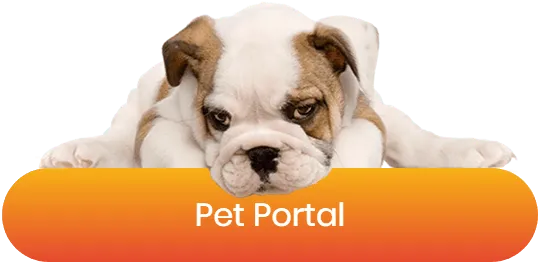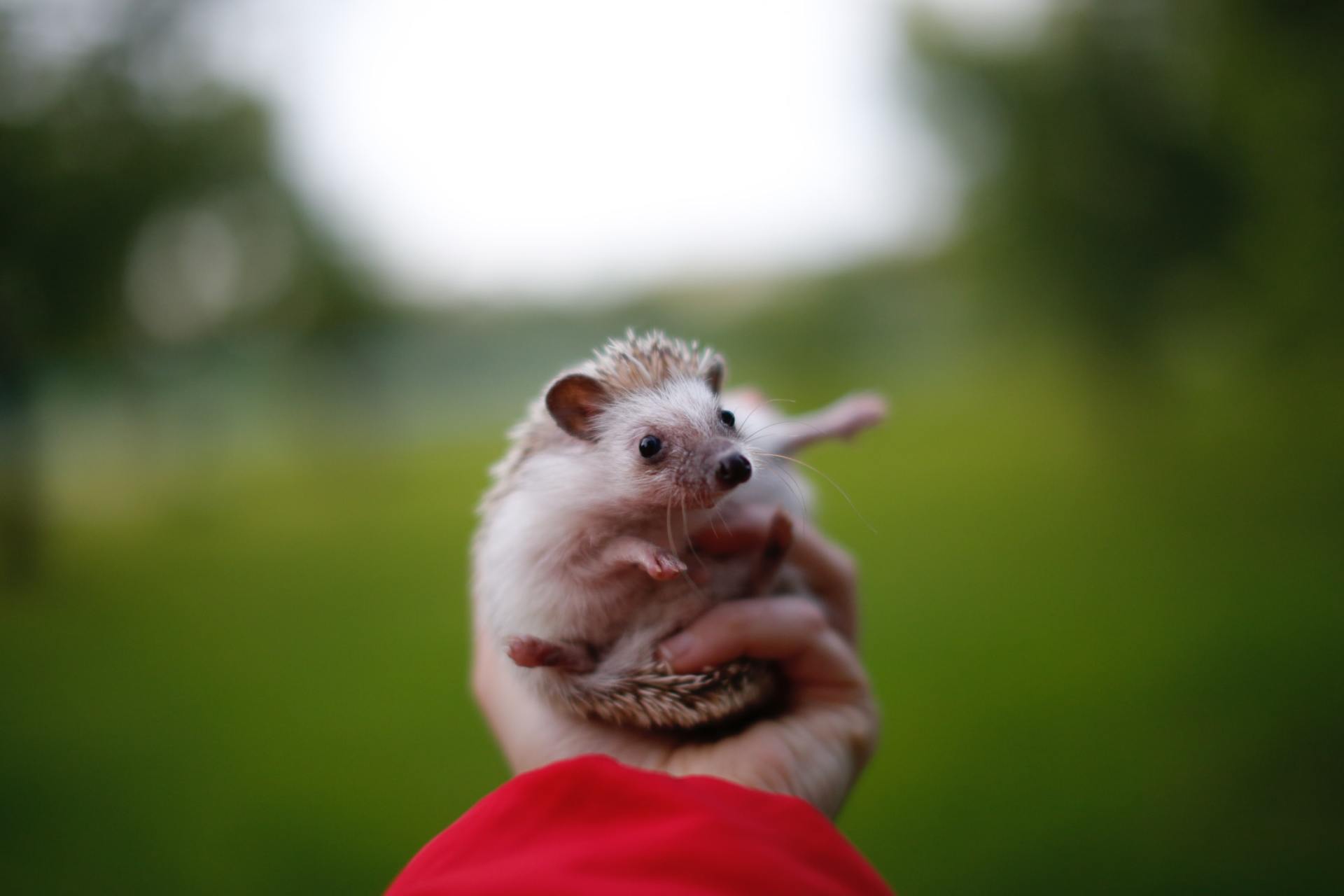Your Child’s First Pocket Pet
Has your child been begging for a pet? Pets can be very beneficial to youngsters. They can provide comfort, entertainment, and companionship, all of which are very important in a year like this. They can also teach kids about empathy. Many people start with smaller animals, such as gerbils, hamsters, or Guinea pigs. Here, a Fort Myers, FL discusses getting your child a pocket pet.
Benefits
Smaller pets do have many charms in their favor. They’re very cute, and can be quite charismatic. They’re also quite inexpensive. Plus, they are typically gentle and quiet, and don’t need training. Another benefit of smaller pets is that they need minimal care. They also don’t usually live as long as dogs or cats, so the ultimate commitment is much shorter.
Things To Consider
There’s no set age when a child is ready for a pet. The main thing to consider is whether or not your youngster is responsible enough to keep up with basic chores like feeding, cleaning the cage, and providing fresh water without being reminded. It’s not uncommon for kids to beg for pets, then lose interest. Make sure that you’re ready, willing, and able to take over the little guy’s care needs if this happens.
Getting Started
If all lights are green, then it’s time to do some research. If you want something very small and meek, a gerbil may be your best bet. Hamsters are more charismatic, but they’re also nocturnal, and could keep a child awake at night. Guinea pigs are larger, but they can also be very affectionate and can even learn cute tricks. Just keep in mind that Guinea pigs are much happier with roommates, so you’d need at least two. We recommend choosing the type of pet you want before going to the pet store. Ask your vet for care tips, including cage setup, nutrition, and health care.
Settling In
Once you get your tiny furball home, let him settle into his cage before he gets handled. At that point, your child should gently hold, talk to, and pet his new buddy daily, to keep him tame. Supervise all intersections, especially at first. With young children, have them sit on the floor for this. That way, if they drop their pint-sized pal, he won’t fall far.
Our Advice on Your Child’s First Pocket Pet in 2025
What are the benefits of getting a child a pocket pet?
Getting a child a pocket pet offers numerous benefits, including providing comfort, entertainment, and companionship, which are especially valuable during challenging times. These smaller pets can also teach children about empathy through the responsibilities of caring for another living being. Pocket pets, such as gerbils, hamsters, and Guinea pigs, are typically gentle, quiet, and require minimal care, making them ideal first pets. They’re also cost-effective and have a shorter lifespan, presenting a less extensive commitment than larger animals, perfect for young caretakers.
What should you consider before getting your child a pocket pet?
Before getting your child a pocket pet, consider if they are responsible enough to manage basic care tasks, such as feeding, cleaning the cage, and providing fresh water without constant reminders. Assess your child’s interest level and ensure it’s not a fleeting whim, as care often falls to parents if the child’s interest wanes. Additionally, evaluate your willingness and ability to assume care responsibilities if needed. Choosing the right type of pocket pet that matches your family’s lifestyle and your child’s capability is crucial for a positive experience for both your child and the pet.
How do the average lifespans of gerbils, hamsters, and guinea pigs differ?
Gerbils typically have a lifespan of around 2 to 3 years, making them relatively short-lived companions. Hamsters generally live for about 2 to 2.5 years, depending on the breed, with some varieties, like the Roborovski dwarf hamster, living slightly longer, up to 3 years. Guinea pigs have a longer lifespan, ranging from 4 to 8 years with proper care. These differences in lifespan are important to consider when choosing a pocket pet, as they reflect the commitment level required for their care and companionship.
Should pocket pets have regular veterinary checkups?
Yes, pocket pets should have regular veterinary checkups to ensure they are in good health and to prevent any potential health issues. Regular checkups provide an opportunity for early detection of common problems in small animals, such as dental issues, nutritional deficiencies, and skin conditions. These visits also allow for discussions on proper care, diet, and habitat to keep your pocket pet thriving. Our Fort Myers, FL clinic is equipped to care for your pocket pet’s health needs, and we encourage scheduling annual visits to help maintain their well-being.
Are there significant differences in the safest way to handle or hold a gerbil, hamster, or guinea pig?
Yes, there are significant differences in handling gerbils, hamsters, and guinea pigs due to their distinct anatomies and temperaments. Gerbils are very active and can be prone to jumping; hold them gently but firmly and close to your body to prevent falls. Hamsters may bite if startled, so it’s crucial to approach them calmly and allow them to sniff your hand before picking them up. Guinea pigs are larger and less prone to biting but can be injured if dropped, so support their entire body, with one hand under the chest and the other supporting the hindquarters. Always handle with care and supervise children during interactions.
Please contact us, your Fort Myers, FL vet clinic, anytime. We’re here to help!





